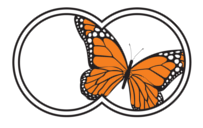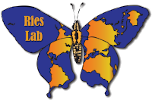Welcome to PollardBase
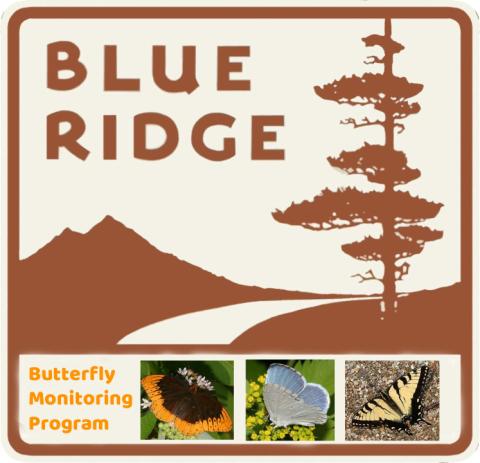
|
Blue Ridge Butterfly Monitoring ProgramThe Blue Ridge Butterfly Monitoring Program is a new program focused on monitoring butterfly populations in and around protected lands along the Blue Ridge Mountains of Virginia. This community science-based program partners with various non-profit and government organizations, uses a modified Pollard Walk protocol to monitor butterfly populations, encourages interaction between the general public and professional biologists, and provides data to researchers evaluating the health of insect populations and their habitat in the Blue Ridge Mountains. It was officially launched in 2024. To learn about becoming a volunteer or get information about accessing data, follow this link to the North American Butterfly Monitoring Network (NABMN) page:NABMN: Blue Ridge Butterfly Monitoring Program |

|
Carolinas Butterfly Monitoring ProgramThe Carolinas Butterfly Monitoring Program (CarolinasBMP) tracks butterfly populations using modified Pollard Walk protocols, inventory trips, and opportunistic sightings across both North and South Carolina. This Citizen Science based program partners with various non-profit and government organizations, offers public outreach, encourages interaction between the general public and professional biologists, and provides data to researchers evaluating the health of NC habitats and insect populations. While officially launched in 2023, some Pollard Walk surveys that meet protocol criteria and date back to 2018 have been ingested. To learn about becoming a volunteer or get information about accessing data, follow this link to the North American Butterfly Monitoring Network (NABMN) page:NABMN: Carolinas Butterfly Monitoring Program |

|
Cascade-Siskiyou Butterfly Monitoring NetworkThe Cascade-Siskiyou Butterfly Monitoring Network is a long-term monitoring program that monitors butterfly populations in the Cascade-Siskiyou bioregion of southwest Oregon and Northern California. The program brings together researchers, land managers, and community scientists to collect data that will inform local conservation efforts and help program managers evaluate long-term population trends and map out regional butterfly distributions. In 2019, we established 17 long-term permanent transects within the monument and on lands adjacent to the monument. Neighbors to the monument are encouraged to participate through adopting a transect or developing one on their property. To learn about becoming a volunteer or get information about accessing data, follow this link to the North American Butterfly Monitoring Network (NABMN) page:NABMN: Cascade-Siskiyou Butterfly Monitoring Network |
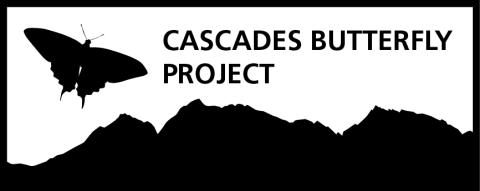
|
Cascades Butterfly ProjectThe Cascades Butterfly Project is a long-term citizen science project that monitors butterfly populations in the Northern Cascade Mountains of Washington. Monitoring is conducted in North Cascades National Park Complex, Mount Baker-Snoqualmie National Forest, Mount Rainier National Park, and Okanogan-Wenatchee National Forest. To learn about becoming a volunteer or get information about accessing data, follow this link to the North American Butterfly Monitoring Network (NABMN) page:NABMN: Cascades Butterfly Project |
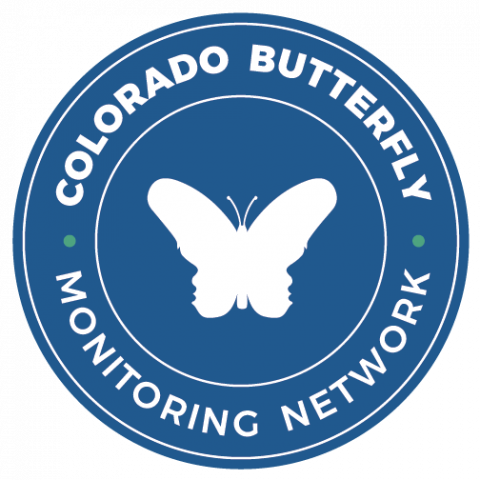
|
Colorado Butterfly Monitoring NetworkColorado Butterfly Monitoring Network (CBMN) is a community science project led by Butterfly Pavilion that harnesses the power of volunteers to conserve Colorado butterflies. CBMN volunteers observe and count butterflies in open spaces and parks multiple times per season, gathering essential data that land managers can use when making conservation decisions. It’s a fantastic chance to get outdoors and learn about butterflies, while having a positive impact on conservation in Colorado. To learn about becoming a volunteer or get information about accessing data, follow this link to the North American Butterfly Monitoring Network (NABMN) page:NABMN: Colorado Butterfly Monitoring Program |

|
Florida Butterfly Monitoring NetworkThe Florida Butterfly Monitoring Network seeks to promote and survey the health of butterfly populations throughout Florida. It brings together volunteers and scientists in a field-based conservation and education program targeting butterflies. |
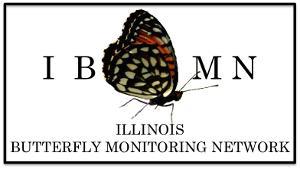
|
Illinois Butterfly Monitoring NetworkThe Illinois Butterfly Monitoring Network engages community scientists in the process of collecting quantitative data on butterfly populations. Their goal is to provide data collected with a standardized protocol that allows land managers and researchers to evaluate long-term trends in a changing landscape. The Network also offers opportunities for fellowship, mentorship, and continuing education between community scientists and professional biologists. To learn about becoming a volunteer or get information about accessing data, follow this link to the North American Butterfly Monitoring Network (NABMN) page:NABMN: Illinois Butterfly Monitoring Network |

|
Illinois Calling Frog SurveyOur goal is to establish calling frog survey routes throughout the Chicago region, resulting in amphibian abundance and distribution data. We particularly want to continue monitoring sites that have thus far been monitored regularly, so that we can obtain long-term data on amphibian trends within key sites. Data from the Calling Frog Survey will be used to guide regional conservation planning and local land management, to promote frog conservation and maintenance of regional frog biodiversity. |
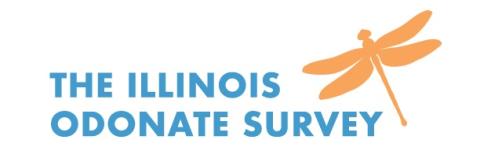
|
Illinois Odonate SurveyThe Illinois Odonate Survey is a community science program of the Chicago Academy of Sciences/Peggy Notebaert Nature Museum that uses a standardized protocol to collect quantitative data for dragonfly and damselfly populations. Through our efforts we seek greater knowledge of the distribution and abundance of Illinois dragonflies and damselflies. |
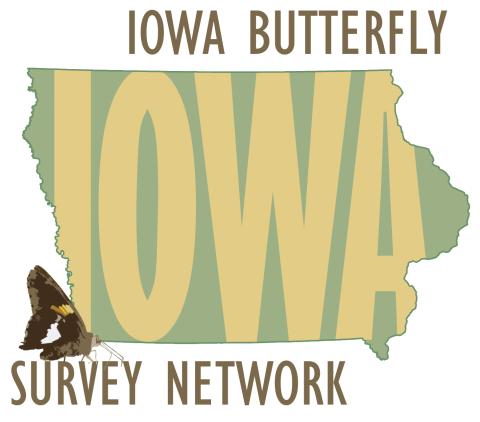
|
Iowa Butterfly Survey NetworkThe Iowa Butterfly Survey Network (IBSN), based at Reiman Gardens, aims to promote butterfly conservation and education in Iowa. As part of this mission, IBSN recruits and trains citizen scientists of all skill levels to participate in annual surveys of butterfly populations across the state. IBSN's citizen science program provides volunteers with training on survey techniques specifically designed for butterfly monitoring, allowing them to collect valuable data on the presence and abundance of butterfly species in Iowa. By engaging volunteers in this effort, IBSN aims to raise awareness of the importance of butterfly conservation and inspire people to take an active role in protecting these important pollinators. To learn about becoming a volunteer or get information about accessing data, follow this link to the North American Butterfly Monitoring Network (NABMN) page:NABMN: Iowa Butterfly Survey Network |
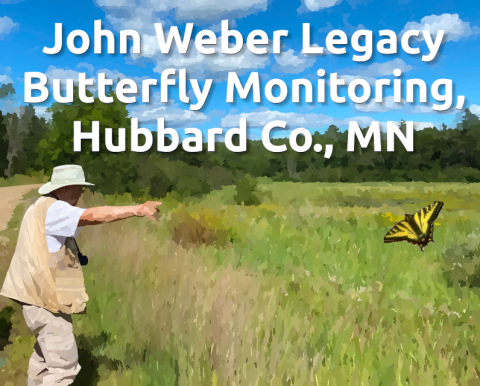
|
John Weber Legacy Butterfly MonitoringIn the early 1990s, John Weber retired and moved to northern Minnesota where he established many local butterfly survey routes, which he has conducted nearly every week of the northern Minnesota butterfly season since. His meticulous notes comprise scores of spiral bound notebooks and literally thousands of handwritten pages. He recently partnered with the Ries Lab of Butterfly Informatics at Georgetown University to digitize his data, which will be a major contribution to understanding northern butterfly population dynamics. |

|
Mason Farm Butterfly ProjectThe Mason Farm Butterfly Project was a community science project that monitored butterflies at Mason Farm Biological Reserve, a nature preserve managed by the NC Botanical Garden in Chapel Hill. This project officially ran between 2015-2025, and now encourages participants to continue their efforts by joining the Carolinas Butterfly Monitoring Program. Learn more about the project here: https://ncbutterflies.web.unc.edu/ To learn about becoming a volunteer or get information about accessing data, follow this link to the North American Butterfly Monitoring Network (NABMN) page:The Mason Farm Butterfly Project |
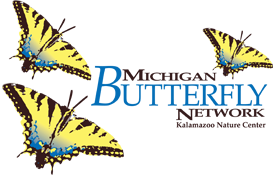
|
Michigan Butterfly NetworkThe Michigan Butterfly Network seeks to assess the changing population status of our state’s butterfly species, evaluate the quality of Michigan ecosystems, and engage the Michigan public in significant citizen science research. To learn about becoming a volunteer or get information about accessing data, follow this link to the North American Butterfly Monitoring Network (NABMN) page:NABMN: Michigan Butterfly Network |
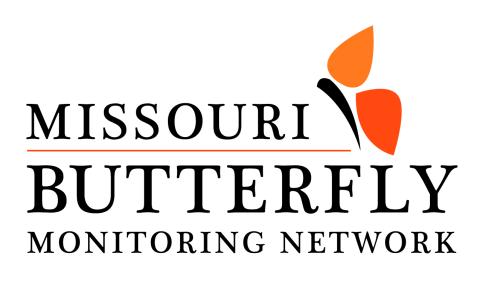
|
Missouri Butterfly Monitoring NetworkA program that is based at the world-famous Missouri Botanical Gardens. To learn about becoming a volunteer or get information about accessing data, follow this link to the North American Butterfly Monitoring Network (NABMN) page:NABMN: Missouri Butterfly Monitoring Network |
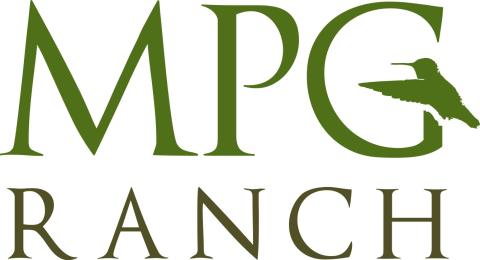
|
MPG Ranch Butterfly Monitoring ProgramEstablished in 2014 as part of our Pollinator Monitoring Program, the MPG Ranch Butterfly Monitoring Program tracks butterfly populations using modified Pollard Transects, timed surveys, inventory trips, and opportunistic sightings. Changes in relative abundance of butterfly populations are analyzed in terms of habitat restoration efforts, land management practices, weather events, and climate. Methods and results will be used to study how both survey design and butterfly detectability affect butterfly monitoring projects across the continent. This program also offers opportunities for public outreach and encourages interaction between citizen scientists and professional biologists. To learn about becoming a volunteer or get information about accessing data, follow this link to the North American Butterfly Monitoring Network (NABMN) page:NABMN: MPG Ranch Butterfly Monitoring Program |

|
Nevada Butterfly Monitoring NetworkThe Nevada Butterfly Monitoring Network is a citizen science program designed to record butterfly diversity and abundance over time throughout the state. The program brings together enthusiastic amateur naturalists with professional scientists to help understand changes in butterfly populations over time. To learn about becoming a volunteer or get information about accessing data, follow this link to the North American Butterfly Monitoring Network (NABMN) page:NABMN: Nevada Butterfly Monitoring Network |

|
New Mexico Butterfly Monitoring NetworkStarted by the New Mexico BioPark Society in 2020, The New Mexico Butterfly Monitoring Network aims to contribute to the scientific knowledge of New Mexico’s butterfly fauna. Through this initiative, the BioPark Society will continue to fulfill its commitment to wildlife conservation, education, and the community. The standardized long-term data collected by citizen science volunteers, will be utilized by researchers, land managers, and conservationists to evaluate trends in butterfly populations. Shedding light on the health and needs of butterfly populations in the state, will enable us to better protect and preserve this precious resource. To learn about becoming a volunteer or get information about accessing data, follow this link to the North American Butterfly Monitoring Network (NABMN) page:NABMN: New Mexico Butterfly Monitoring Network |
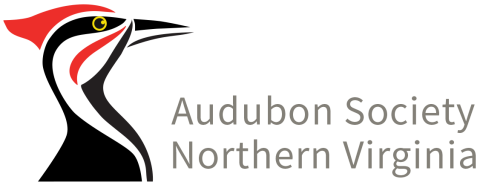
|
Occoquan Regional Monitoring ProjectThe Occoquan Regional Monitoring Project is focused on monitoring protected lands at several sites south of Washington DC. Both butterflies and dragonflies are surveyed as part of butterfly/dragonfly surveys that take place April through October. Butterflies are also surveyed as part of year-round general biodiversity surveys. Survey routes are located in the Occoquan Bay National Wildlife Refuge, Occoquan Regional Park, Meadowoods Management Area, and Metz Wetlands. The surveys are primarily focused on helping to direct restoration and conservation efforts. Although not a standard "Pollard" design, surveys have many of the key features of that monitoring protocol - survey routes are established and the same routes are walked each time at a consistent pace. In addition to surveys, North American Butterfly Association (NABA) Seasonal Counts are conducted at four sites. To learn about becoming a volunteer or get information about accessing data, follow this link to the North American Butterfly Monitoring Network (NABMN) page:NABMN: Occoquan Regional Monitoring Project |
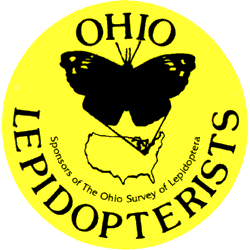
|
Ohio Lepidopterists Butterfly Monitoring NetworkThe Ohio Lepidopterists Society promotes interest in the butterflies, skippers and moths of Ohio and neighboring states in many ways. Our membership has been conducting Pollard surveys for Ohio butterflies since 1995. To learn about becoming a volunteer or get information about accessing data, follow this link to the North American Butterfly Monitoring Network (NABMN) page:Ohio Lepidopterists Butterfly Monitoring Network on NABMN |

|
Orange County Butterfly Monitoring NetworkThe Orange County Butterfly Monitoring Network in southern California engages citizen scientists and land managers in documenting changes in local butterfly populations and flowering plants serving as nectar sources over time. The Irvine Ranch Conservancy initiated the program in 2011 in Limestone Canyon Wilderness Preserve. To learn about becoming a volunteer or get information about accessing data, follow this link to the North American Butterfly Monitoring Network (NABMN) page:NABMN: Orange County Butterfly Monitoring Network |
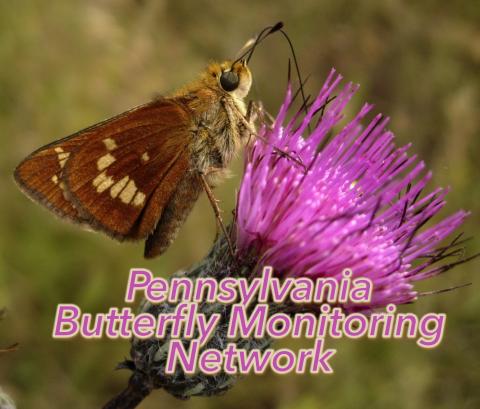
|
Pennsylvania Butterfly Monitoring NetworkThe Pennsylvania Butterfly Monitoring Network was established to track butterfly populations throughout the state and across various habitat types. Professionals and enthusiasts alike are combining forces to gather detailed information on these populations to assist land managers in making informed decisions and to educate the public on our natural world. To learn about becoming a volunteer or get information about accessing data, follow this link to the North American Butterfly Monitoring Network (NABMN) page:Pennsylvania Butterfly Monitoring Network |

|
PRISSM (Partnership of Regional Institutions for Sage Scrub Monitoring)The Partnership of Regional Institutions for Sage Scrub Monitoring (PRISSM) (www.prissm.org) is a multi-institutional effort to establish long-term bio-monitoring programs in California sage scrub (CSS) fragments throughout southern California. PRISSM’s goals are to (1) enhance collaboration among researchers and land managers of natural area/reserve/biological field station directors/managers tasked with managing CSS fragments and among the researchers that study this ecosystem; and (2) carry out bio-monitoring programs that support and enhance current and future research in CSS throughout Southern California. Bio-monitoring protocols document and assess changes in diversity and phenology of plants, butterflies, birds, and other vertebrates. To learn about becoming a volunteer or get information about accessing data, follow this link to the North American Butterfly Monitoring Network (NABMN) page:NABMN: PRISSM (Partnership of Regional Institutions for Sage Scrub Monitoring) |

|
rare Charitable Research ReserveSince 2006 the rare Charitable Research Reserve has monitored butterflies on four transects across our 900+ acre property located in Waterloo Region, Ontario, Canada. This program is one part of an ecological monitoring program that monitors a suite of terrestrial and freshwater indicator species to best assess the health and ecological integrity of the land owned and stewarded by rare. To learn about becoming a volunteer or get information about accessing data, follow this link to the North American Butterfly Monitoring Network (NABMN) page:NABMN: rare Charitable Research Reserve |

|
Rice Creek Butterfly Monitoring ProgramButterfly surveys at Rice Creek Field Station were initiated in 1996 by Peter G. Weber, then a professor in the Department of Biology at SUNY Oswego. Pete was assisted by his son, Nicholas F. Weber, and by Michael Holy, science teacher at Hannibal High School and an alumnus of SUNY Oswego. Mike has continued this monitoring effort since Peter's retirement and move to Colorado in 2009. Monitoring consists of counting each butterfly encountered within 5 meters on either side of up to 8 permanent transects along the trails and in the open fields and meadows at the Field Station. The total length of transects sampled exceeds 5,500 meters. To learn about becoming a volunteer or get information about accessing data, follow this link to the North American Butterfly Monitoring Network (NABMN) page:NABMN: Rice Creek Butterfly Monitoring Program |
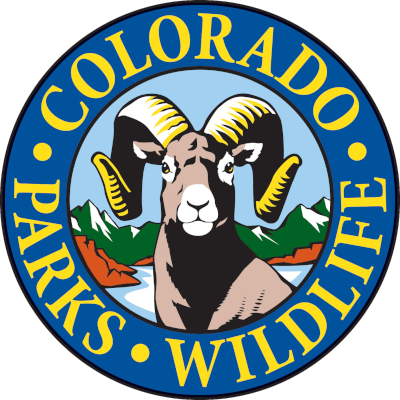
|
Roxborough State Park Butterfly Monitoring ProgramUnder permit from the Colorado State Park system, this program seeks to document butterfly populations in the diverse habitats of Colorado’s Roxborough State Park in Douglas County. Using a modified Pollard approach, a consistent 7.5 km path is walked on > 20 occasions during the butterfly season from towards the end of March through the beginning of October. Initially conducted mostly in the 1980s as presence/absence surveys, they were re-started in 2018 utilizing counts of species. To learn about becoming a volunteer or get information about accessing data, follow this link to the North American Butterfly Monitoring Network (NABMN) page:Roxborough State Park |

|
Tennessee Butterfly Monitoring NetworkTNBMN is a citizen science program of Zoo Knoxville to monitor butterfly population trends on managed lands across Tennessee. We strive to connect butterfly enthusiasts with public lands, help land owners manage their properties for the benefit of pollinators and inspire the public to enjoy and protect butterflies and other pollinators. To learn about becoming a volunteer or get information about accessing data, follow this link to the North American Butterfly Monitoring Network (NABMN) page:NABMN: Tennessee Butterfly Monitoring Network |
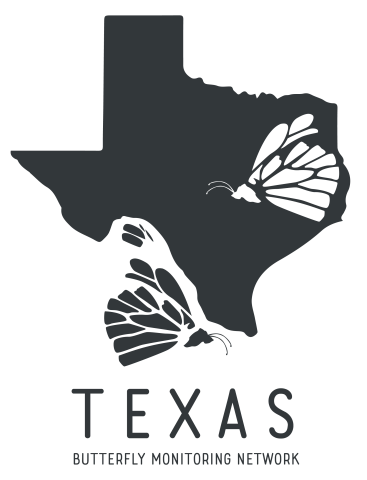
|
Texas Butterfly Monitoring NetworkThe Texas Butterfly Monitoring Network is a citizen science program that monitors butterfly populations around the Lone Star State. This program seeks to better inform efforts for butterfly conservation and habitat preservation, and at the same time engages the public in taking an active role in butterfly conservation. To learn about becoming a volunteer or get information about accessing data, follow this link to the North American Butterfly Monitoring Network (NABMN) page:NABMN: Texas Butterfly Monitoring Network |

|
Wisconsin Butterfly Monitoring NetworkEstablished by the Milwaukee Public Museum and the Milwaukee Harbor District in 2018, the Wisconsin Butterfly Monitoring Network is a cooperation among many additional partners that survey our state's butterfly diversity as a way to help assess ecological change over time and engage the public as citizen scientists. To learn about becoming a volunteer or get information about accessing data, follow this link to the North American Butterfly Monitoring Network (NABMN) page:NABMN: Wisconsin Butterfly Monitoring Network |

